
Jan 9, 2026 • 9 min read
Plan your time, budget and activities with this guide to visiting Australia's iconic Great Barrier Reef.

Jan 9, 2026 • 9 min read
Plan your time, budget and activities with this guide to visiting Australia's iconic Great Barrier Reef.

Jan 9, 2026 • 8 min read
Stunning beaches, superb scuba diving, fabulous food and more top experiences await on the binational Caribbean island of St-Martin/Sint Maarten.

Jan 9, 2026 • 7 min read
From oily palm nut soup paired with starches like banku to street snacks like rice water porridge, going hungry in Ghana will be the least of your worries.

Jan 9, 2026 • 7 min read
Revel in the ultimate didgeridoo performance, cruise alongside crocodiles, and learn the secrets of the world's oldest rainforest.
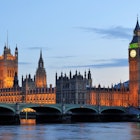
Jan 9, 2026 • 10 min read
First-time visitors to London can be overwhelmed. What to visit? Where to eat? How to get around? Here's a guide to making your first trip to London easy.
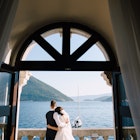
Jan 9, 2026 • 13 min read
Who hasn’t dreamed of saying “I do” on a tropical beach or in an exciting faraway city? Here are the top places in the world to tie the knot in 2026.
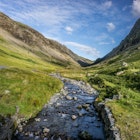
Jan 9, 2026 • 14 min read
Build your perfect England trip with these driving routes and itineraries that take you to the best of the country.

Jan 9, 2026 • 12 min read
Nothing will fully prepare you for your first encounter with the statues of Rapa Nui (Easter Island). Here's how to visit this remote island near Chile.
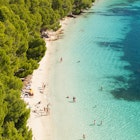
Jan 9, 2026 • 8 min read
Mallorca is famed for its wonderful collection of glorious sandy beaches and rocky coves – find your way to these top spots.

Jan 8, 2026 • 5 min read
Barcelona has blossomed into one of Europe's most beloved food destinations. Have a memorable time eating epic meals as you travel around this Spanish marvel.

Jan 8, 2026 • 9 min read
With even temperatures, sunny skies, and dry weather, the Florida Keys are extra fabulous in the winter months.

Jan 8, 2026 • 8 min read
Fabled Angkor Wat is a bucket-list destination for anyone who wants to be dazzled by human achievement. Here’s a guide to visiting this sensational site.

Jan 8, 2026 • 11 min read
The Great Migration of wildebeest and zebra through the Serengeti in Tanzania is the ultimate wildlife spectacle. Here's how one writer experienced it.

Jan 8, 2026 • 7 min read
Celebrate the changing of the seasons in Siem Reap with this guide to climate, crowds and local events.

Jan 8, 2026 • 9 min read
Experience the best of Mardi Gras – with parades, parties, music and lively celebrations – at these top carnival destinations.

Jan 8, 2026 • 10 min read
Turn your attention skyward: 2026 may be the best chance to spot the elusive aurora borealis until the 2030s. Don't miss out with this guide.

Jan 8, 2026 • 6 min read
Packed with arts venues, green spaces, historic districts and world-class restaurants, Lyon is a traveler’s dream. Here are the best things to do there.
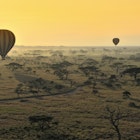
Jan 8, 2026 • 9 min read
Discover top things to do in Tanzania, from wildlife-filled safaris and Kilimanjaro treks to Zanzibar beaches, underwater stays and cultural experiences.

Jan 7, 2026 • 14 min read
Plan your next trip to England with this list of the greatest hits, from historic sites to happening cities via the coast and countryside.

Jan 7, 2026 • 7 min read
In Morocco, you'll find everything from surfing and hiking to meditation and yoga.

Jan 7, 2026 • 6 min read
Heading into 2026, these photos push us to travel with our senses first – traveling not just to see places, but to feel them.

Jan 7, 2026 • 6 min read
Follow these travel tips to plan your visit to Puglia in southern Italy and embrace the rhythm of local life.